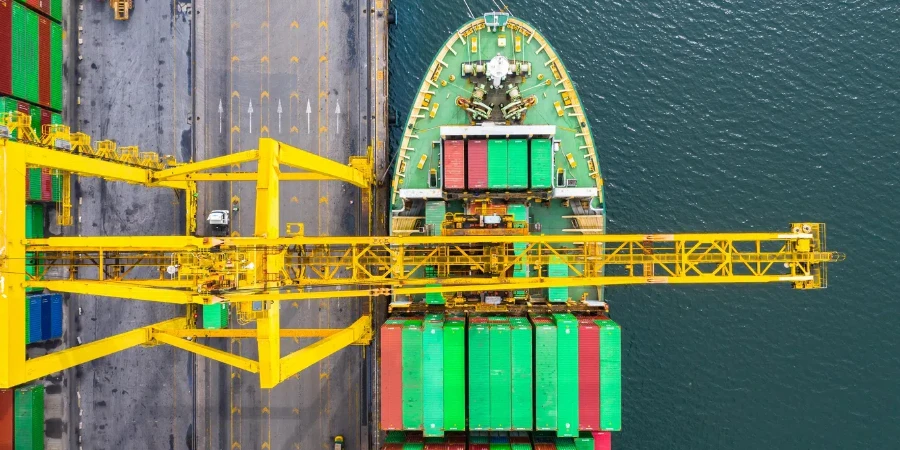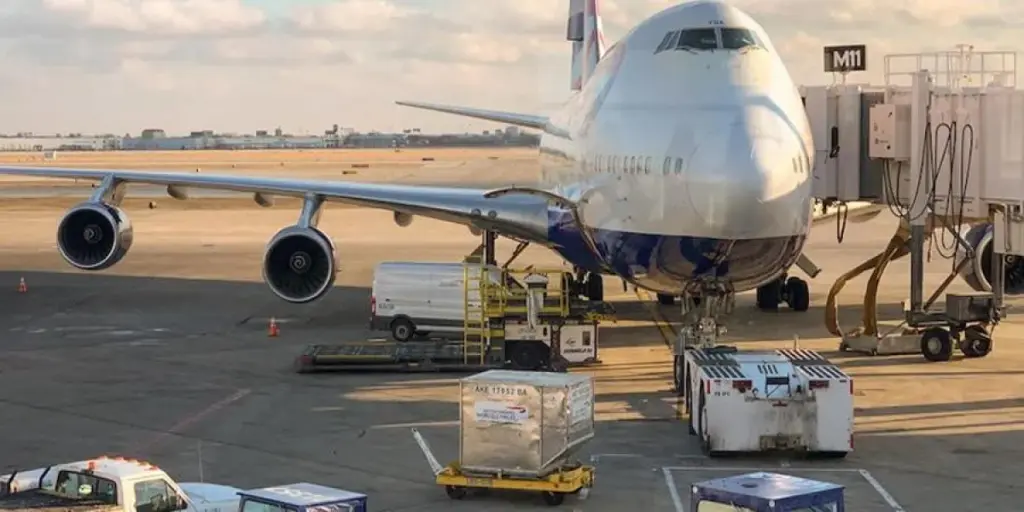Each year, approximately 1,500 shipping containers are lost at sea due to accidents or other disasters. The key factor in ensuring a safe journey is often accurate weight reporting.
This is why the SOLAS (Safety of Life at Sea) regulations require the verified gross mass (VGM) of shipments before vessel loading.
Read on to understand the meaning of VGM in shipping and why it is essential.
Table of Contents
What does VGM mean in shipping terms?
How to calculate Verified Gross Mass?
What details should VGM instructions include?
Who handles VGM submission?
What does the No VGM, No Gate-in policy mean?
When and how to report Verified Gross Mass in shipping?
What common questions do people also ask?
What does VGM mean in shipping terms?
erified Gross Mass refers to the combined weight of a shipping container, including its cargo and the container itself. This information is generally part of the shipping instructions. If needed, you can submit each VGM individually using the Shipment Binder.
Effective on 1st July 2016, the International Maritime Organization (IMO) implemented container weighing regulations introduced by the SOLAS convention.
Unless the shipper provides the VGM of a packed container to the ocean carriers and/or port terminal representatives before the load list cut-off date, the container cannot be loaded onto a vessel.
This regulation enhances maritime safety and minimizes risks to cargo, containers, and everyone involved in container transport throughout the supply chain.
How to calculate Verified Gross Mass?
VGM calculation with method 1
To determine the VGM, use a calibrated scale, such as a BISON Jack or weighbridge, to weigh the container after packing the cargo.
Alternatively, you can weigh the entire load along with the prime mover and trailer. If you know the combined weight of the prime mover and trailer, it is an effective option.
So, the VGM method one formula would be:
VGM=Total weight from weighbridge−Weight of prime mover−Weight of trailer
VGM calculation with method 2
In this method, you need to weigh all the cargo items, including packing materials, pallets, securing equipment, and dunnage individually. Then, add these weights to the container’s tare weight displayed on the container CSC plate.
The formula is:
VGM=Cargo weight (net)+Lashing/Packaging weight+Container Tare Weight
Therefore, to accurately determine the weight of a packed container using VGM method 2, you need to consider four elements:
- The container tare weight
- The weight of the product, excluding packaging
- The mass of any primary packaging
- The mass of all other packaging and securing materials
Please keep in mind that the second method, which requires approval from local authorities, is unsuitable for bulk items.
Additionally, the weighing equipment used in either method must adhere to local regulations and standards for accuracy certification and calibration.
Estimating weights is strictly prohibited in both methods.
What details should VGM instructions include?
- VGM and unit
- Legible signature
- Container number
- Responsible party full name
- Place and date of signature
- Booking or Bill of Lading number
Under the VGM requirements, the shipper/exporter is the party to offer the verified weight. They should indicate their full name on the VGM instructions and submit it to their freight forwarder, who will then submit it to the terminal in advance to allow for the preparation of the ship’s stowage plan.
However, the certified gross mass provided by the shipper may not always be entirely accurate. Some countries have established a 2-5% tolerance for the VGM due to the possibility that the tare weight of containers may change over time.
Who handles VGM submission?
Generally, the shipper is tasked with determining the container Verified Gross Mass and communicating this information to the carrier and the port terminal.
What does the No VGM, No Gate-in policy mean?
The No VGM, No Gate-in policy is crucial in shipping operations. It is essential to clarify that this rule is established and enforced by the terminal, not the shipping line. Under this policy, a loaded container cannot proceed through the gate unless the Verified Gross Mass is provided.
When and how to report Verified Gross Mass in shipping?
As stated, the responsibility of reporting the VGM lies with the shipper. Typically, the shipper will prepare and pack the cargo before weighing it or determining its weight using one of the methods described previously.
According to SOLAS regulations, the shipper must include the VGM in a shipping document, as part of the shipping instructions or as a separate communication. It must be completed before vessel loading (no later than the VGM deadline).
Conclusion
Shipping has always been subject to safety regulations, including the requirement to declare the gross weight of containers. However, VGM regulations have significantly enhanced security, adding an extra layer of safety to the entire process.
To ensure smooth container clearance and transportation, it is crucial to stay vigilant about all necessary documentation.
People also ask:
Will VGM be included on the bill of lading?
No, it will not.
Are there VGM requirements for bulk cargo?
No, there are not.
Who will verify the accuracy of VGM data?
- The shipper conducts self-verification.
- The shipowner does not independently verify the VGM data.
- Maritime departments have the authority to scrutinize the data.
What happens if I fail to report or inaccurately report my shipment’s VGM?
Ensuring the accurate gross mass of packed containers is essential to prevent potential overboard losses during stowage and stacking.
Containers packed without verified gross masses may be refused loading onto a vessel, and shippers could face regulatory fines and penalties. According to SOLAS regulations, each country is responsible for enforcing VGM requirements. For instance, the Coast Guard will oversee VGM enforcement in the United States.
What should I do if the submitted VGM data needs to be changed?
- Amendments are allowed by the shipping company before the deadline.
- After the deadline, you can still make modifications but may incur charges imposed by the shipping company.
- Generally, you can not change within 6 hours before the ship docks. (Specifically, this adheres to the shipping company’s regulations.)
If VGM data is not submitted, what options are available?
For export cargo containers lacking VGM information, the shipper can request weighing at the port upon arrival. The port authorities will then issue a VGM report and levy a corresponding charge. (Specific regulations governing each freight forwarder and port must be clarified beforehand).
Source from Airsupply
Disclaimer: The information set forth above is provided by airsupplycn.com independently of Alibaba.com. Alibaba.com makes no representation and warranties as to the quality and reliability of the seller and products. Alibaba.com expressly disclaims any liability for breaches pertaining to the copyright of content.




